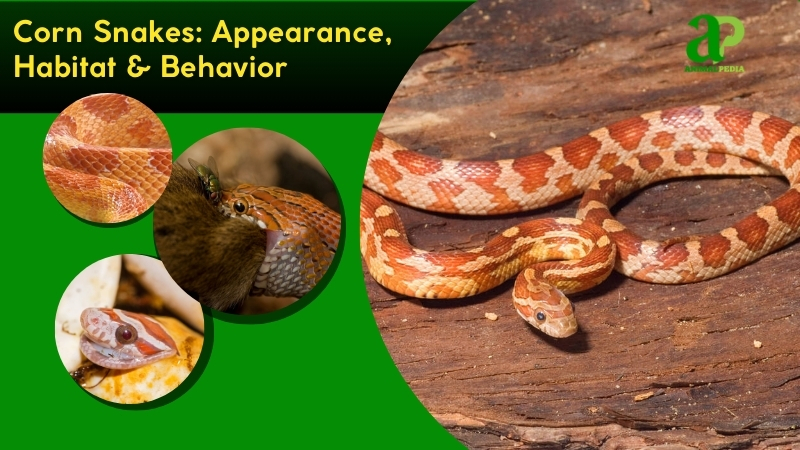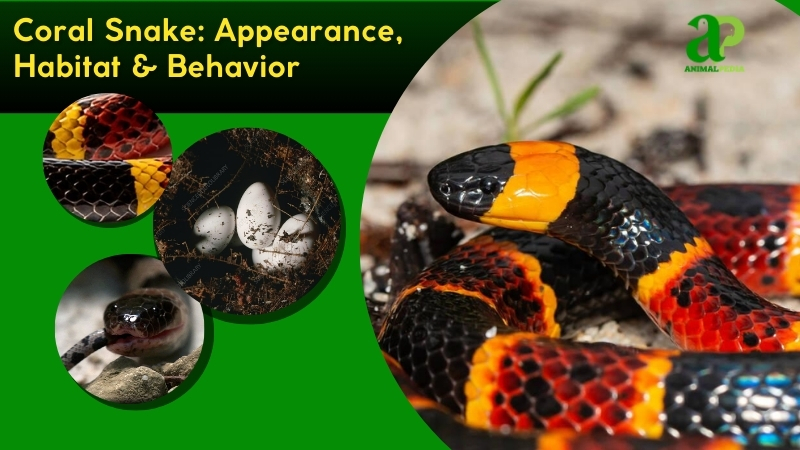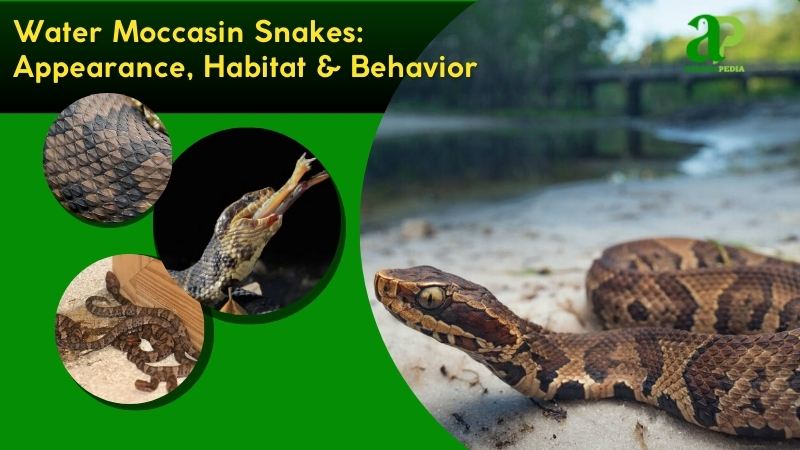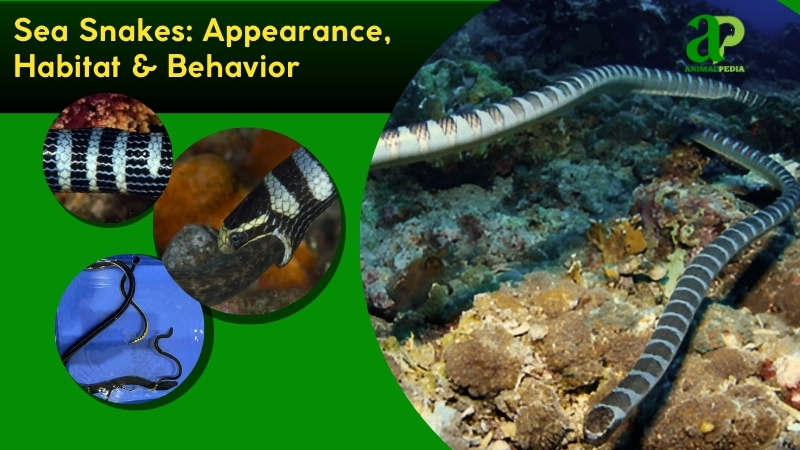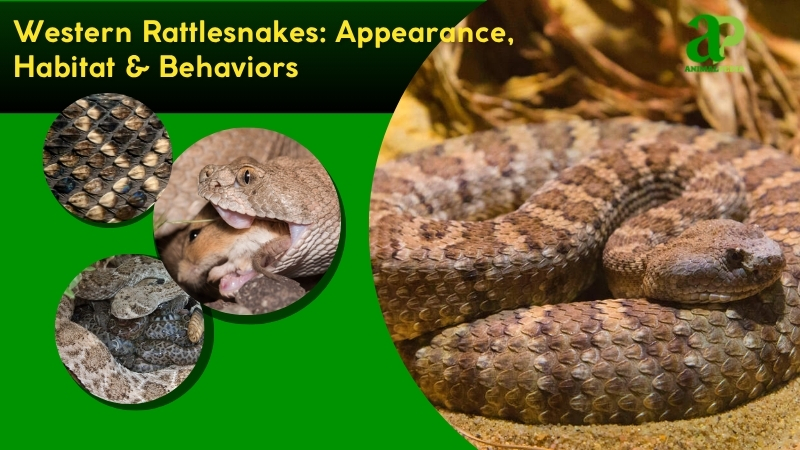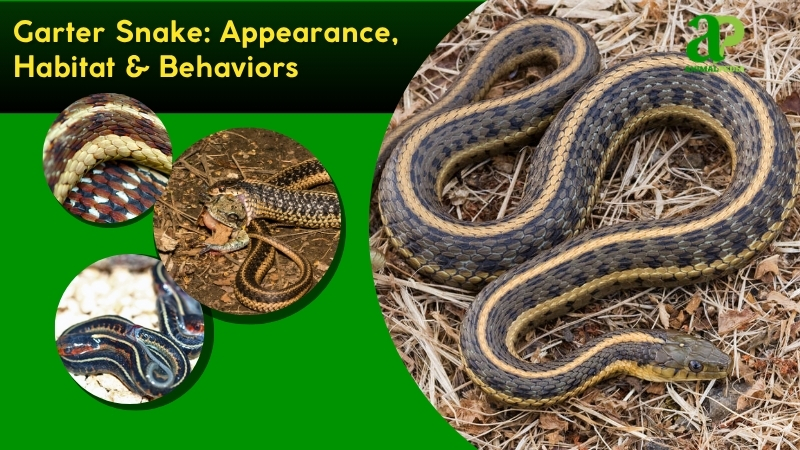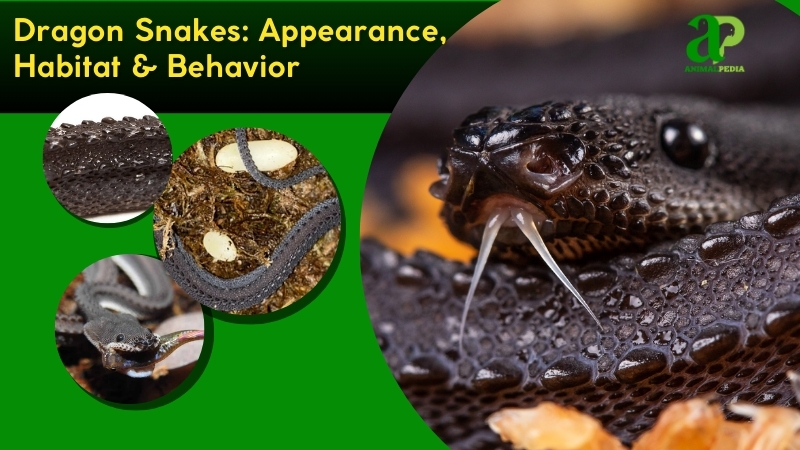Rattlesnakes in Arizona, encompassing 13 species, are viperids with triangular heads, heat-sensing facial pits, and segmented rattles. Their cryptic coloration—tan, brown, or reddish—blends seamlessly with desert landscapes, aiding ambush predation.
Prominent species include Crotalus atrox (Western Diamondback), Crotalus scutulatus (Mojave Rattlesnake), and Crotalus cerastes (Sidewinder). The Western Diamondback dominates Arizona’s lowlands, while the Mojave thrives in northwestern deserts, per a 2018 study.
Their iconic rattle, formed from keratin, vibrates to deter threats, with adults measuring 3–5 feet (0.9–1.5 meters). Found across the Sonoran and Mojave Deserts, including islands like the Santa Catalina, they prefer rocky slopes and creosote flats. The Sidewinder’s unique 1–2.6 feet (0.3–0.8 meter) length and sidewinding gait distinguish it.
Rattlesnakes, not apex predators, ambush rodents, lizards, and small birds, injecting hemotoxic venom for rapid kills. They consume prey whole, specializing in small mammals to conserve energy in harsh deserts. Human encounters are defensive, with bites rare but potentially lethal if untreated.
Mating peaks in spring (March–May), with females birthing 10–20 live young after 150–180 days. Neonates, 10–12 inches (25–30 centimeters), hunt small lizards, reaching maturity in 2–3 years. Lifespan ranges 15–25 years. This article examines their appearance, desert habitats, and behavioral adaptations in Arizona.
The article provides insights into the unique characteristics and behaviors of Rattlesnakes in Arizona, shedding light on their role as apex predators in the desert habitat. By understanding their hunting strategies, diet preferences, and reproductive patterns, readers can appreciate the importance of these reptiles in maintaining biodiversity in their environment.
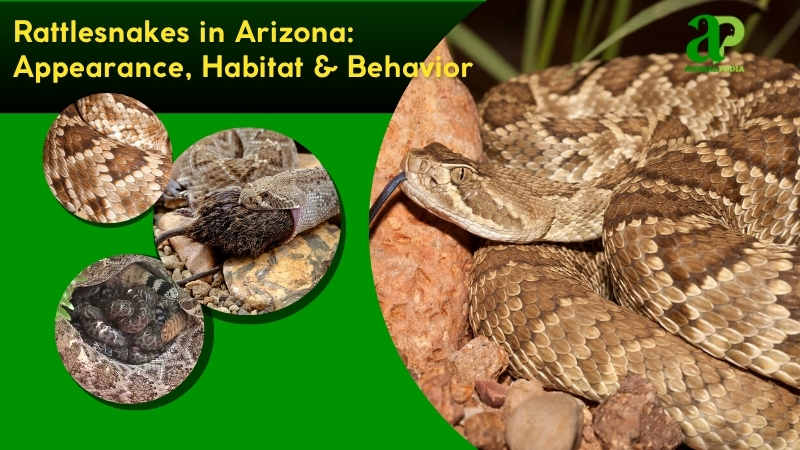
What do the Rattlesnakes in Arizona look like?
Rattlesnakes in Arizona have slender, cylindrical bodies that measure 3–5 feet (0.9–1.5 meters) long. Their scales, keeled and rough, display diamond or hexagonal patterns in tan, brown, or reddish hues, blending with desert terrains. The skin feels dry, aiding camouflage in rocky landscapes. The head, triangular due to venom glands, houses heat-sensing pits and slit-pupiled eyes for nocturnal hunting. A forked tongue flicks to detect prey. The neck narrows before a robust body, legless, with no claws. The tail ends in a keratin rattle, unique to rattlesnakes, that vibrates to warn of threats.
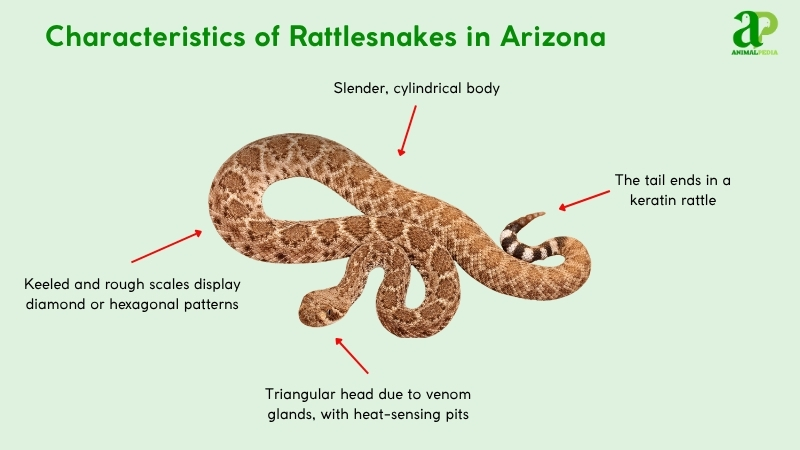
Compared to non-venomous gopher snakes (Pituophis catenifer), rattlesnakes have wider heads and rattles, which are absent in gopher snakes. The Mojave rattlesnake (Crotalus scutulatus) stands out with greener tones, unlike Diamondback’s (Crotalus atrox) bolder diamonds, per a 2018 study.
Discover the unique features and order Squamata characteristics that set this group apart from other reptiles in our comprehensive guide.
How big do Rattlesnakes in Arizona get?
Rattlesnakes in Arizona average 3–5 feet (0.9–1.5 meters) in length and weigh 1–10 pounds (0.45–4.5 kilograms). These measurements vary across species, such as the Western Diamondback and the Mojave Rattlesnake.
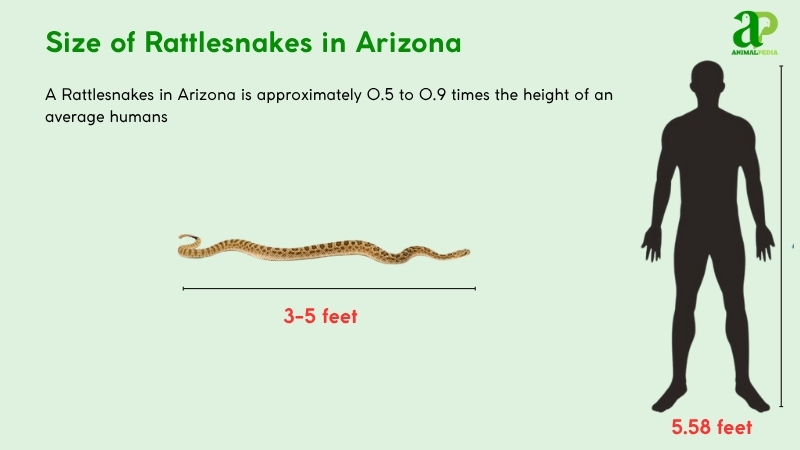
The longest recorded Western Diamondback, found in Pima County in 2017, measured 7.2 feet (2.2 meters) and weighed 15 pounds (6.8 kilograms), per a 2018 study.
Adults typically reach 3–6 feet (0.9–1.8 meters) from snout to tail. Males are slightly longer and heavier, averaging 4.5 feet (1.4 meters) and 8 pounds (3.6 kilograms), while females average 4 feet (1.2 meters) and 6 pounds (2.7 kilograms).
| Trait | Male | Female |
| Length | 3.5–6 ft (1.1–1.8 m) | 3–5 ft (0.9–1.5 m) |
| Weight | 5–10 lb (2.3–4.5 kg) | 4–8 lb (1.8–3.6 kg) |
What are the unique physical characteristics of the Rattlesnakes in Arizona?
Rattlesnakes in Arizona are uniquely distinguished by two key adaptations found only in the genus Crotalus: a segmented tail rattle and specialized facial heat-sensing pits. These features significantly enhance their effectiveness as nocturnal desert predators.
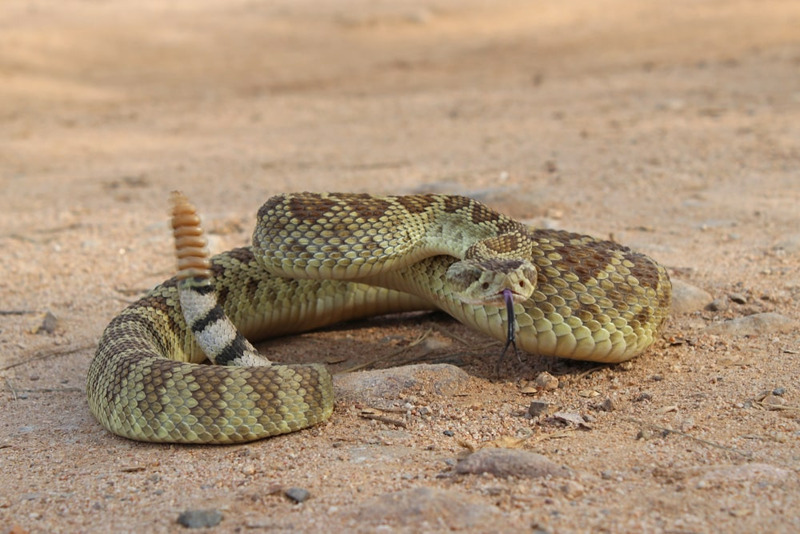
The rattle, composed of interlocking keratin segments, emits a distinctive buzzing sound that warns potential threats. A new segment is added with each molt, allowing researchers to estimate age-related activity, as noted in a 2018 study. Meanwhile, the heat-sensing pits—located between the eyes and nostrils—detect infrared radiation from warm-blooded animals up to 3 feet (0.9 meters) away.
This enables accurate strikes even in total darkness. Non-venomous snakes in Arizona, such as gopher snakes (Pituophis catenifer), lack both of these features, making rattlesnakes uniquely specialized for hunting and self-defense in arid environments.
How do Rattlesnakes in Arizona adapt to their unique features?
Rattlesnakes in Arizona thrive in arid habitats by relying on their signature rattle and heat-sensing facial pits. The rattle emits a buzzing sound to warn predators, while the pits detect infrared radiation, allowing strikes on warm-blooded prey even in complete darkness.
Additional adaptations strengthen their survival strategy. Sharp vision detects movement, enhancing ambush precision. A forked tongue with chemoreceptors follows scent trails to locate prey. Venom quickly immobilizes targets, ensuring efficient feeding. Camouflaged scales mimic desert terrain, aiding concealment from both prey and predators. Together, these traits—documented in a 2018 ecological study—make Arizona rattlesnakes highly specialized hunters, well-equipped for nocturnal survival in dry, rugged environments.
Anatomy
Rattlesnakes in Arizona possess specialized anatomical systems that enhance their survival as venomous desert predators. These adaptations optimize hunting, energy conservation, and environmental resilience in arid ecosystems.
- Respiratory System: A single functional right lung enables efficient oxygen use. This supports prolonged inactivity during ambush hunting (Nowak et al., 2018).
- Circulatory System: A three-chambered heart pumps blood effectively, maintaining low metabolism. It sustains energy during fasting periods in harsh deserts.
- Digestive System: Venom glands and fangs inject hemotoxins, breaking down prey internally. The stomach expands to consume whole rodents, maximizing nutrient absorption.
- Excretory System: Kidneys concentrate urine to conserve water, vital in arid environments. Uric acid excretion minimizes water loss during long dry spells.
- Nervous System: Heat-sensing pits and acute vision detect prey in darkness. The brain coordinates rapid strikes, ensuring precise venom delivery.
Together, these anatomical systems form a tightly integrated survival strategy. Refined by evolution, they enable Arizona rattlesnakes to function as efficient, energy-conserving predators, well-adapted to the environmental stresses of desert life.
How many types of Rattlesnakes are in Arizona?
There are 13 rattlesnake species in Arizona, all in the genus Crotalus, family Viperidae, according to a 2018 study. These venomous pit vipers inhabit the state’s desert ecosystems.
Classification relies on the Linnaean system, developed by Carl Linnaeus in 1735, emphasizing morphology and genetics. Modern taxonomy integrates phylogenetic analysis, using DNA to confirm species distinctions, as outlined by Nowak et al. (2018).
The branch diagram traces Viperidae (family) to Crotalus (genus), splitting into species of rattlesnakes, such as Crotalus atrox (Western Diamondback), Crotalus scutulatus (Mojave), and Crotalus cerastes (Sidewinder).
Order: Squamata
└── Family: Viperidae
└── Genus: Crotalus
├── Crotalus atrox – Western Diamondback Rattlesnake
├── Crotalus scutulatus – Mojave Rattlesnake
├── Crotalus molossus – Black-tailed Rattlesnake
├── Crotalus cerastes – Sidewinder
├── Crotalus willardi – Ridge-nosed Rattlesnake
├── Crotalus viridis – Prairie Rattlesnake
├── Crotalus lepidus – Rock Rattlesnake
└── Crotalus tigris – Tiger Rattlesnake
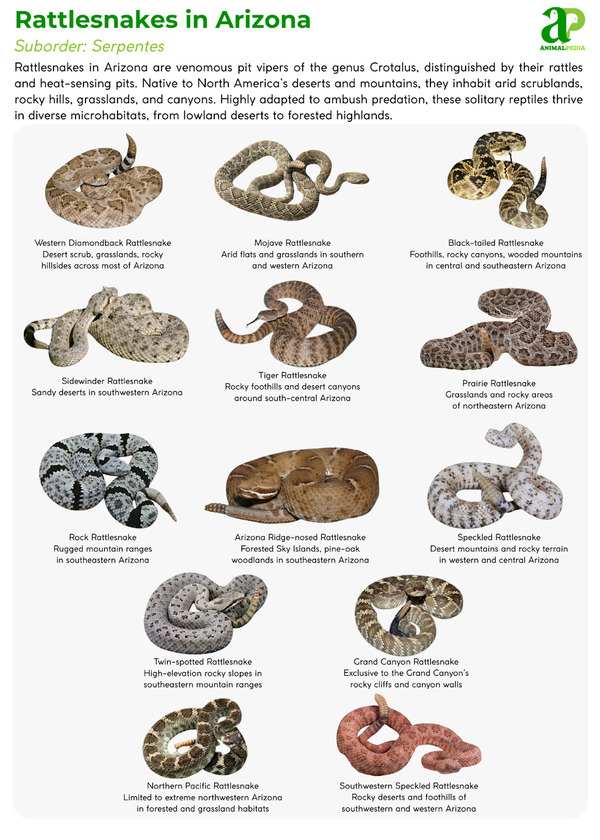
Special cases include hybridization, notably between C. atrox and C. scutulatus in southern Arizona, producing fertile offspring with mixed venom traits, complicating identification and medical treatment.
Next up in the Rattlesnake lineup: the Eastern Diamondback Rattlesnake.
Where do Rattlesnakes in Arizona live?
RattlArizona ’s Sonoran and Mojave Deserts, concentrated in Pima, Maricopa, and Mohave Counties, including areas like the Tucson Mountains and Kingman.
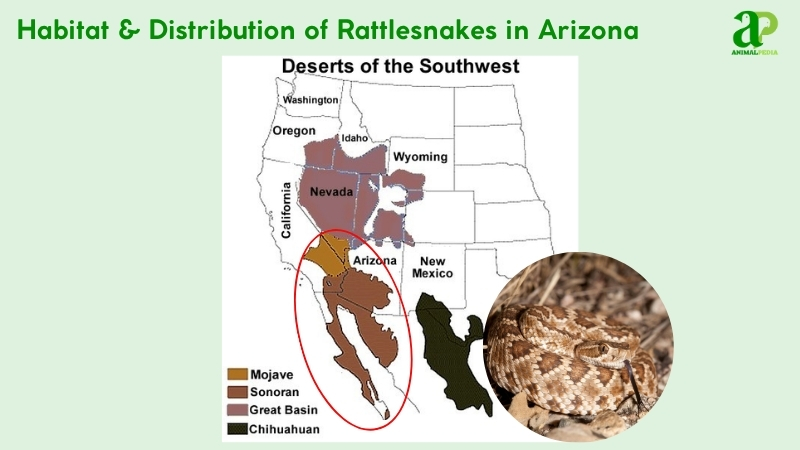
These regions feature rocky outcrops, creosote flats, and sparse vegetation, ideal for ambush hunting and thermoregulation. Dry, warm climates with temperatures of 70–90°F (21–32°C) suit their ectothermic needs, providing ample rodent prey, per a 2018 study. Crevices and burrows offer shelter from extreme heat.
Rattlesnakes have occupied these habitats for millions of years, with no significant migration. Seasonal movements to hibernacula occur in winter, but they are local. Nowak et al. (2018) attribute their persistence to evolutionary adaptations for arid environments.
How do seasonal changes affect their behavior?
Rattlesnakes in Arizona display seasonally adaptive behaviors that align with the extreme fluctuations of the desert climate. These changes regulate their activity, foraging, and reproduction, enhancing survival year-round.
- Active Season (March–October): As temperatures rise (70–90°F/21–32°C), rattlesnakes hunt rodents and lizards, using ambush tactics. Mating peaks in spring, increasing male movement and territorial displays.
- Hibernation Season (November–February): In cooler months (<60°F/16°C), they enter brumation in rocky dens or burrows, minimizing activity to conserve energy. Feeding ceases, and metabolism slows significantly.
These seasonal cycles, as observed by Nowak et al. (2018), reflect precise physiological and behavioral responses to Arizona’s desert environment—ensuring reproductive success and long-term survival.
What is the behavior of Rattlesnakes in Arizona?
Rattlesnakes in Arizona are solitary, nocturnal predators finely adapted to desert life. Their behavior—shaped by evolution—enhances hunting efficiency and conserves energy in arid, resource-limited environments, as supported by a 2018 study.
- Feeding Habits: Ambush predators, they strike rodents and lizards with venom. Prey is consumed whole after immobilization.
- Bite & Venomous: Hemotoxic venom incapacitates prey rapidly. Bites to humans are defensive, rarely fatal with treatment.
- Daily Routines and Movements: Nocturnal, they rest in shade by day, moving 0.1–0.3 miles (0.16–0.5 km) nightly. Activity peaks in warmer months.
- Locomotion: Sidewinding and slithering efficiently navigate the roc. The Sidewinder’s unique gait minimizes sand contact.
- Social Structures: Solitary, they interact only during mating. Males compete for females in spring.
- Communication: Rattles signal threats; pheromones guide mating. Visual displays deter rivals.
Understanding their ecological role requires examining how venom delivery, ambush tactics, and movement patterns contribute to their success as apex desert predators.
What do Rattlesnakes in Arizona eat?
Rattlesnakes in Arizona are carnivorous, primarily consuming small mammals, including rodents —particularly their preferred prey —as well as lizards and birds. They rarely attack humans; they bite only in self-defense. Diet varies by age and season, per a 2018 study. They strike with venom, immobilizing prey, then swallow it whole. Large prey may cause regurgitation if it is too large for their expandable jaws.
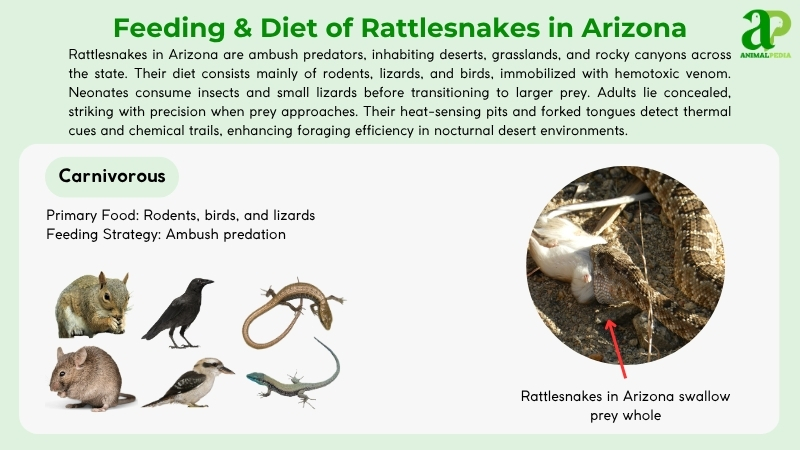
- Diet by Age:
Neonates, the youngest rattlesnakes, begin their diet by feeding on small insects and lizards, which provide essential nutrients for rapid growth. As they mature into juveniles, they shift to slightly larger prey such as small rodents. Adults, fully grown, rely on a more energy-dense diet of larger mammals, including rats, rabbits, and sometimes birds. These shifts in diet allow rattlesnakes to efficiently meet their increasing nutritional needs and take advantage of available prey as they grow. This strategy maximizes their energy intake and aids in their survival in the desert ecosystem (Nowak et al., 2018).
- Diet by Gender:
In Arizona, there are no significant differences in the diets of male and female rattlesnakes. Both sexes predominantly target similar prey, such as rodents, lizards, and small mammals. While males may show more movement during the mating season, their diet is similar to that of females. Both genders use ambush-hunting strategies to capture prey, and the types of animals they feed on do not differ by sex. Juveniles, regardless of gender, begin with smaller prey and transition to larger animals as they grow, following the same dietary patterns.
- Diet by Seasons:
Rattlesnakes exhibit distinct feeding patterns depending on the season. During the warmer months, from March to October, feeding activity is high. Prey such as rodents and lizards are abundant, allowing rattlesnakes to maintain energy for mating, hunting, and survival. As temperatures drop in winter (November–February), rattlesnakes enter brumation, slowing their metabolism and reducing food intake. In this period of dormancy, feeding essentially stops, and the snakes rely on the energy reserves they built up during the more active months.
How do Rattlesnakes in Arizona hunt their prey?
Rattlesnakes in Arizona are skilled hunters, using a blend of stealth and strategy in their natural environment. These clever predators rely on their keen sense of smell to detect potential meals such as rodents, lizards, and birds. Once they lock onto a target, rattlesnakes patiently and precisely stalk their prey without being detected. When the moment is right, they unleash a lightning-fast strike, injecting venom to immobilize their catch. The potent venom digests the prey’s tissues, allowing the snake to consume its meal whole.
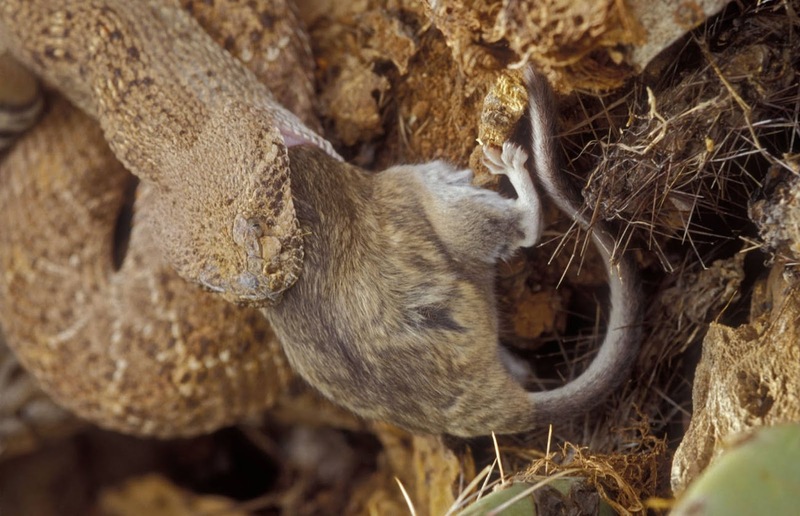
What sets Arizona rattlesnakes apart is their unique heat-sensing pits located on their faces, which enable them to detect warm-blooded animals even in darkness. This specialized adaptation gives them an advantage in hunting, enabling them to detect prey more precisely.
Their combination of stealth, intelligence, and adaptability makes them formidable hunters in the challenging terrain of the Arizona desert. This is a harsh environment that demands a completely different set of survival skills than the deep, temperate forests inhabited by species like the Timber Rattlesnake
Are Rattlesnakes in Arizona venomous?
Rattlesnakes in Arizona’s arid terrain are venomous creatures known for their toxic bites and unique behaviors. Their venom is a powerful weapon used for hunting prey and defending themselves. When a rattlesnake strikes, its venom either immobilizes or kills the target, facilitating its consumption. It’s vital to approach these fascinating reptiles with caution and respect when encountering them in their natural environment.
In Arizona, rattlesnakes typically deploy their venom defensively when they feel threatened or cornered. They often exhibit warning signals before attacking, such as shaking their rattles and assuming a defensive stance. Recognizing and understanding these behaviors can help prevent unnecessary confrontations and ensure safe interactions with these animals.
Remember to appreciate their role in the ecosystem and admire them from a safe distance to avoid any potential harm.
When are Rattlesnakes in Arizona most active during the day?
In Arizona, rattlesnakes are most active during the cooler parts of the day, especially at dawn and dusk. These times offer ideal temperatures for these mesmerizing creatures to move about in search of food or a comfortable place to rest. Rattlesnakes, being ectothermic, depend on external heat sources to regulate their body temperature. Thus, they prefer the cooler periods to save energy and prevent overheating.
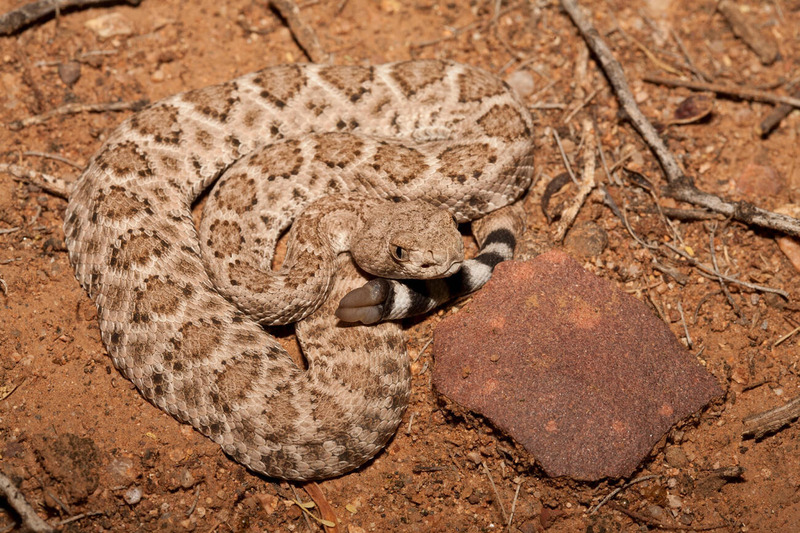
They hunt during these active hours, preying on animals such as rodents, lizards, and birds. Thanks to their camouflage, rattlesnakes blend effortlessly into their surroundings, making them a formidable predator. It’s essential to exercise caution when exploring the Arizona desert during these times, as you may encounter one of these fascinating snakes engaged in their daily activities.
How do Rattlesnakes in Arizona move on land and water?
Rattlesnakes in Arizona move uniquely on land and in water. On land, these snakes slide by pushing off surfaces with their scales, creating a smooth glide. Their bodies move rhythmically, helping them move with agility.
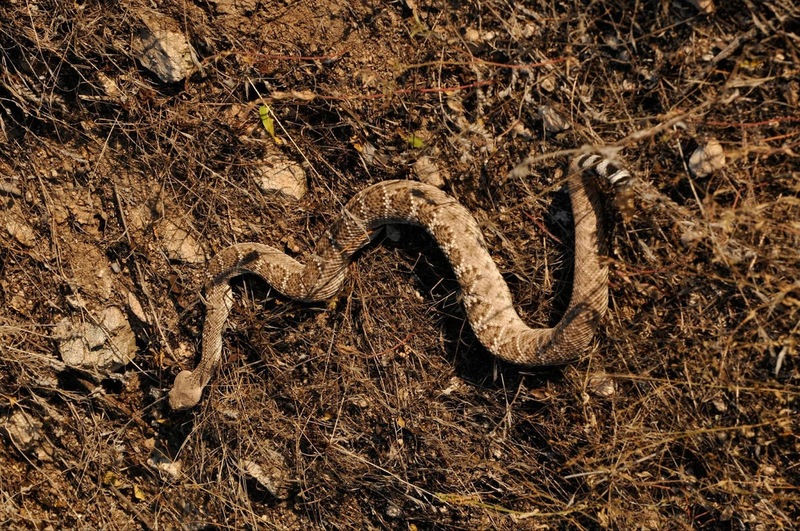
In water, they swim skillfully using their muscles to undulate smoothly, allowing them to navigate various water bodies effectively. Their streamlined bodies move gracefully through the water, showcasing their adaptability to different environments.
Whether traversing the desert or swimming in rivers, Rattlesnakes in Arizona display impressive versatility in their movements. Their ability to adapt to varied terrain highlights their physical skills, making them intriguing to observe in their natural surroundings.
“Rattlesnakes demonstrate incredible adaptability and grace in their movements, whether on land or in water, showcasing their survival abilities in diverse environments.”
Do Rattlesnakes in Arizona live alone or in groups?
Rattlesnakes in Arizona mostly live alone rather than in groups. They prefer solitary lives, wandering and hunting independently. These fascinating creatures value their independence, moving around their territories and searching for prey on their own. Unlike social animals, don’tttlesnakes don’t form packs or colonies. Instead, they rely on their keen senses to navigate and find food without help from the group.
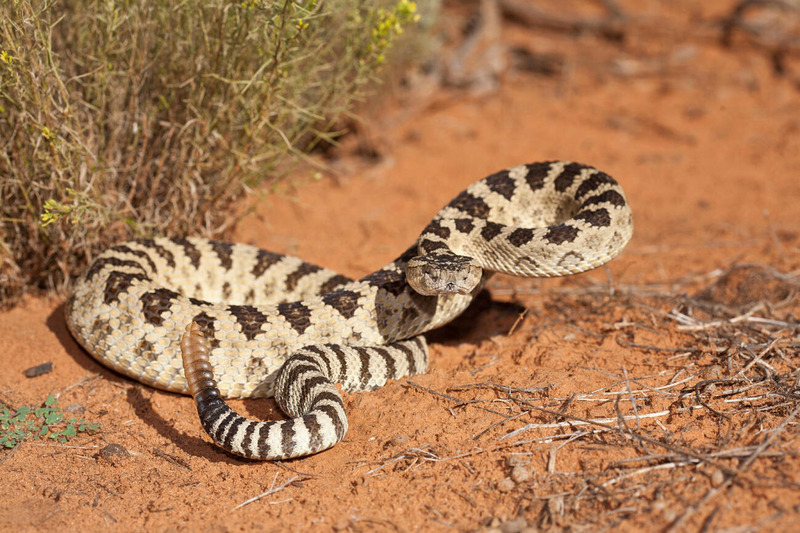
Living solo allows each rattlesnake to claim its territory and access resources without competition. They’re skilled predators, using their heat-sensing abilities to detect warm-blooded prey and their venom to immobilize it.
This solitary lifestyle also reduces conflicts with other rattlesnakes over food, shelter, or mates. It enables them to thrive in their habitats without the need for group cooperation.
How do Rattlesnakes in Arizona communicate with each other?
Rattlesnakes in Arizona communicate primarily through a combination of body language and sound. When feeling threatened or warning others of danger, they rapidly shake their tails, creating the distinctive rattling noise that gives them their name. This serves as a clear warning to potential predators and other snakes to stay away.
In addition to their rattles, rattlesnakes use subtle body movements to convey messages. They may adjust their posture, flick their tongues, or emit a low hiss to communicate different feelings or intentions.
How do Rattlesnakes in Arizona reproduce?
Rattlesnakes in Arizona reproduce viviparously, giving birth to live young. Breeding begins in spring (March–May), with males tracking female pheromones. Males engage in combat dances, wrestling to assert dominance, while females select mates. Copulation lasts hours, occurring in sheltered rocky areas.
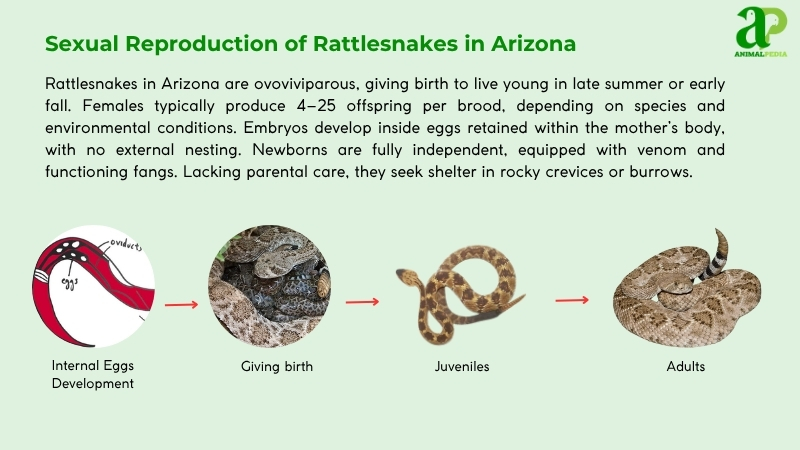
Females gestate for 150–180 days, birthing 10–20 neonates, each 10–12 inches (25–30 cm) long and weighing about 0.7 ounces (20 grams), per a 2018 study. No eggs are laid; young develop in membranous sacs within the mother. Birth occurs in secluded dens, unprotected by parents. Males and females disperse post-birth. Environmental stressors like drought can reduce litter sizes, as observed in 2016 in Pima County.
Neonates emerge with venom and hunt small lizards within days. They grow to maturity in 2–3 years. Lifespan averages 15–25 years, with females birthing every 2–3 years. Habitat loss threatens reproductive success, but stable populations persist in protected areas.
How long do Rattlesnakes in Arizona live?
Rattlesnakes in Arizona have an average lifespan of 10–25 years in the wild. Their longevity can vary depending on environmental factors and predation risks.
Males and females typically live similar lifespans, although females often live slightly longer due to fewer mating-related risks. The snakes’ slow growth rate and high metabolic demands make them highly resilient, but they face threats like predators and accidents, especially during the active seasons (Nowak et al., 2018).
What are the threats or predators that Rattlesnakes in Arizona face today?
Rattlesnakes in Arizona face multiple threats, primarily from human activities, with natural predators targeting juveniles. These factors challenge their survival in desert ecosystems.
- Habitat Loss: Urban expansion and agriculture reduce habitat by 25% in Pima County, fragmenting populations (Nowak et al., 2018).
- Road Mortality: Vehicle collisions kill 15–20% of rattlesnakes annually in high-traffic areas, disrupting migration to hibernacula.
- Illegal Collection: Poaching for the pet trade removes 5–10% of populations yearly, especially Mojave rattlesnakes.
- Climate Change: Rising temperatures alter prey availability, reducing foraging success by 10–15% in hotter regions.
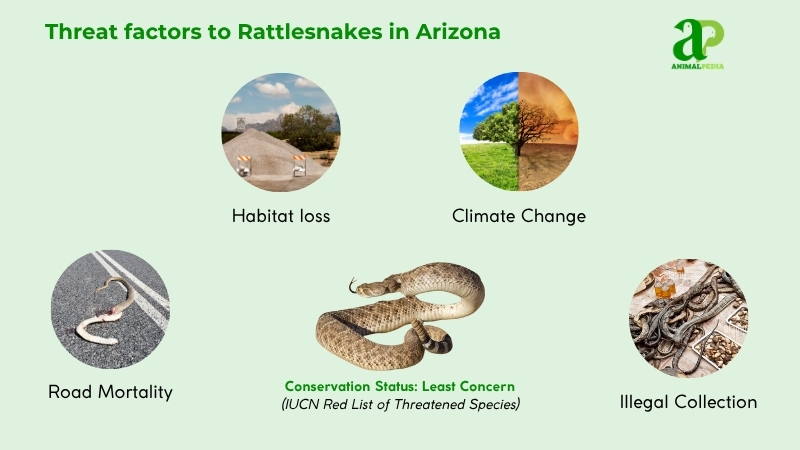
Predators include hawks, roadrunners, and coyotes, which prey on neonates and juveniles. Adult rattlesnakes, with venom and rattles, deter most natural threats.
Human impacts are significant, with urban sprawl and road networks causing a 30% decline in population in Maricopa County since 2000, per Nowak et al. (2018). Rattlesnake roundups, though reduced, still kill hundreds annually. Persecution from fear-driven killings further depletes local populations. Conservation efforts, including habitat restoration and public education, aim to mitigate these human-induced pressures.
Are Rattlesnakes in Arizona endangered?
Rattlesnakes in Arizona are not endangered. The International Union for Conservation of Nature (IUCN) classifies most Arizona rattlesnake species, including Crotalus atrox (Western Diamondback) and Crotalus scutulatus (Mojave Rattlesnake), as “Least Concern” due to their stable populations and wide distribution.
Specific population data is scarce, but a 2018 study estimates millions of individuals across Arizona’s Sonoran and Mojave Deserts, with C. atrox being the most abundant, numbering in the hundreds of thousands in Pima and Maricopa Counties alone. Localized declines occur due to urban sprawl, resulting in a 15–20% reduction in the Tucson-area population since 2000. Road mortality and habitat fragmentation pose risks, but their adaptability to varied habitats mitigates the threat of extinction. Conservation efforts, including habitat preservation and public education, support stable numbers, as noted by Nowak et al. (2018). Continued monitoring ensures their resilience against emerging pressures like climate change.
What conservation efforts are underway?
Rattlesnakes in Arizona benefit from targeted conservation efforts led by the Arizona Game and Fish Department (AGFD) and by organizations such as Rattlesnake Solutions. Since 2016, these efforts have focused on habitat preservation and public education to reduce human-snake conflicts, particularly in Pima and Maricopa Counties.
Arizona state laws protect four rattlesnake species (Crotalus willardi, C. lepidus, C. pricei, Sistrurus catenatus) classified as”No Open Sit’s” by AGFD. It’s illegal to kill, harass, or collect these species without a Scientific Collecting License. A hunting license is required for other species, such as C. atrox, to prohibit unlicensed collection or killing (Nowak et al., 2018).
Breeding programs are limited, but Rattlesnake Ranch AZ, a licensed zoo, maintains captive populations for education, not reintroduction. Success data is scarce, but relocation programs by Rattlesnake Solutions report 80% survival rates for relocated Western Diamondbacks, with over 1,000 snakes safely moved annually since 2017. A notable success story involves a 2020 Scottsdale initiative in which community-installed rattlesnake fencing reduced backyard encounters by 70%, thereby preserving local populations.
Key organizations, including AGFD and the Southwestern Center for Herpetological Research, monitor populations and advocate for habitat conservation. These efforts ensure rattlesnakes, vital for rodent control, thrive despite urban pressures.
Frequently Asked Questions
Can Rattlesnakes in Arizona Climb Trees or Swim in Water?
Rattlesnakes in Arizona aren’t trees, but they aren’t great swimmers. They use their muscles to climb low bushes or rocks. Be cautious around them, though; they’d rather not go for a swim. Stay safe out there!
Do Rattlesnakes in Arizona Attack Humans Unprovoked?
Yes, rattlesnakes in Arizona can attack humans unprovoked if they feel threatened. It’s best to stay alert and give them sthey’reemember, they’re just defending themselves. Be cautious and respect their territory for safety.
Are Rattlesnake Bites in Arizona Usually Fatal to Humans?
Rattlesnake bites in Arizona are typically not fatal to humans if promptly treated with antivenom. Educating yourself on their behavior and taking precautions while in their habitat can greatly reduce the risk of any serious harm.
What Is the Average Lifespan of Rattlesnakes in Arizona?
In Arizona, rattlesnakes typically live for around 10-25 years. Their lifespan depends on factors like prey availability and environmental conditions. Remember, it’s important to secure these creatures’ habitats to secure their survival in the desert ecosystem.
Do Rattlesnakes in Arizona Have Any Natural Predators Besides Humans?
Yep, besides humans, rattlesnakes in Arizona have predators like hawks, eagles, and coyotes. These creatures help keep the population in check by hunting the snakes for food, maintaining the ecosystem’s balance.
Conclusion
When exploring the dry terrains of Arizona, it’s important to keep an eye out for rattlesnakes. These creatures are unique in appearance and play a vital role in the local ecosystem. By admiring them from a safe distance, you can truly appreciate the beauty and diversity of wildlife in the Arizona desert. Remember, these snakes are fascinating to observe, but it’s crucial to respect their space to stay safe. Enjoy the wonders of nature and stay curious as you encounter the rattlesnakes of Arizona.





